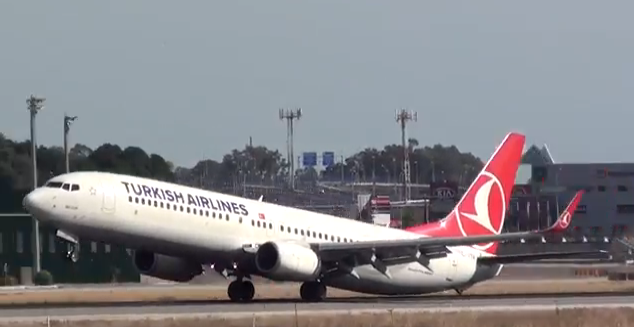The following interesting footage was filmed on Nov. 30, at Malaga airport.
It shows a Turkish Airlines Boeing 737-900 registration TC-JYA performing a bumpy landing with subsequent tailstrike and go around.
Although it’s almost impossible to determine the cause of the tailstrike, the aircraft seems to be quite fast on final approach. The low flare results in a bumpy landing. After the second touchdown with the deployed spoilers the tail skid touches the runway before the aircraft starts to climb again as a consequence of the go around.
In December 2012, an F-22 Raptor, assigned to the 199th Fighter Squadron, Hawaii Air National Guard, sustained 1.8 million USD in damage after scraping both horizontal stabilizers in a landing incident at Joint Base Pearl Harbor – Hickam.
H/T to Ramazan Durak for the heads-up

















